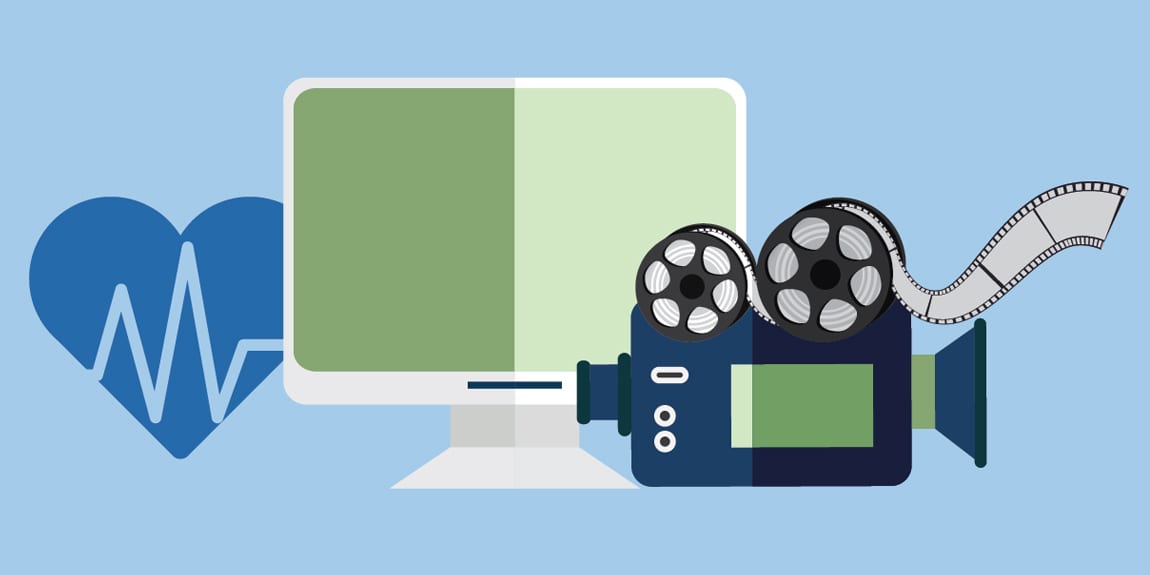Will video interpreters help hospitals with their urgent need of translators
The United States Census Bureau 2000 reported that more than 46 million people in the United States do not speak English as their primary language, and more than 21 million speak English less than “very well.” Many of these non-English speakers face language barriers to access to medical care. Language interpreters are vital to reduce obstacles. None certified translators like family and friends were documented to provide substandard communication assistance, which makes providing health care difficult.
There is an ongoing debate on how to improve the lines of communication between physicians and patients with pressure on hospitals to deliver better outcomes and higher patient satisfaction at a lower cost. Providing services to patients can be a challenge when both patient and provider can’t speak the same language. James Edwards, CEO of Language Access Network, said that communication is fundamental to every patient-provider encounter. He added that limited English proficient and deaf and hard of hearing patients don’t have a level playing field due to language and cultural barriers.
In the U.S., caring for the increasingly diverse population and the rising number of patients seeking care is turning into an expanding challenge for healthcare providers across the country. The 2014 U.S. Census Bureau data said that 21.1 percent of people ages 5 and older speak a language other than English at home. The Agency for Healthcare Research and Quality reported that nearly 9 percent of the U.S. population is at risk for an adverse event because of language barriers.
Removing the communication barrier

Royal Oak, Michigan-based Beaumont Health System unveiled remote video interpreting four years ago to address the new wave of immigrants who are continually arriving in the area. Patricia Avery, nursing administration information systems coordinator at Beaumont Health System, said in a statement that they’ve significantly reduced wait times for patients needing translator services since they began using a video remote interpreting system. She added that it helps reduce anxiety for the patient while allowing caregivers to more quickly assess the patient’s medical needs and get care underway.
Service providers
Many firms provide services to the health care industry like Cyracom, LAN, InDemand Interpreting, and Stratus Video. Some of the companies started providing translation services over the phone. Cyracom included the video remote interpretation services as an add-on to their phone translation business. Mr. Edwards said that they didn’t start off looking to augment a business already in existence but instead focused on how to give as many health systems and providers as possible access to certified medical translators with a superior level of cultural competence. He added that one of the reasons that firms offer video remote interpreting services is that it saves them time. LAN said that its network that an audio interpretation is 50 percent longer in terms of a number of minutes used than a video interpretation. He added that there simply a lot of clarification on the phone that doesn’t need to happen in the video. He also noted that an audio translator, for instance, can’t see somebody clutch their chest when they come to the hospital, discern facial expressions or see what part of the body a provider is pointing to on a clinical model.
Risks of translator services
Using interpreter comes with risks. Andy Panos, LAN Founder, said that some translation firms utilize “off-shore” translator resources outside of the United States to reduce costs and drive down per-minute pricing. The practice risks patient health information going off-shore. Mr. Panos said that it leads to HIPAA violations and identity theft. Also, there is a lack of cultural competency of the translator who may have little or no understanding of the U.S. healthcare system.

Other companies hire home-based video translators to reduce costs. According to Mr. Panos, the audio industry has used this methodology successfully for years, but video brings additional complexities, which make this challenging. He added that the practice risks lack quality control of the home environment where a family member or friend may be off-camera, but in the room, the independent contractor status of the home translator, and the translator having limited access to proper support.
Mr. Panos also mentioned that delivering high-quality video medical interpretation takes a sophisticated and professional approach. He also said that a good language access plan at a hospital would incorporate video as one part of an integrated strategy to extend access to language services for its Limited English Proficient and deaf patients.
Video Remote I translators
Many companies are offering their services. The following are reliable firms that offer video remote translators.
1. Assistor
2. Remote Interpretation.com
3. Interpreters Unlimited
4. Language Services Associates








